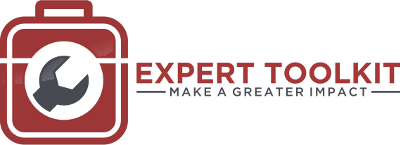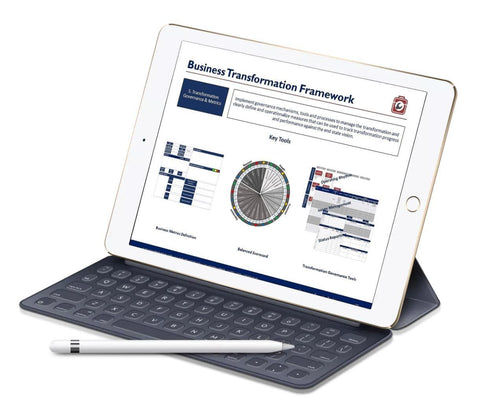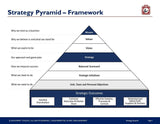Management Consulting Toolkit
Elevate Your Consulting Career: Discover the Power of "The Management Consulting Toolkit"
In the high-stakes world of management consulting, what separates the good from the great? It's the tools they use, the frameworks they apply, and the insights they draw upon. With "The Management Consulting Toolkit", you can gain access to these exclusive strategies and arm yourself with the very same techniques employed by the industry's most successful professionals.
Our toolkit contains 50 must-know tools, templates, and frameworks meticulously handpicked from the playbooks of leading global consulting firms. But we don't just list these tools – we empower you to use them effectively. Each tool comes with clear, step-by-step instructions, contextual scenarios, and powerful insights into its strategic application, answering not just the "how", but also the "when" and "why".
Covering a comprehensive range of disciplines – from Business Performance Analysis and Transformation Execution, to Project and Team Management – this book is a treasure trove of practical knowledge. Regardless of whether you're an aspiring consultant looking to make a mark, a business analyst striving for more significant impact, or a seasoned project manager seeking fresh insights, "The Management Consulting Toolkit" holds the keys to your next level of excellence.
Imagine holding a blueprint to industry success in your hands – a road map that guides you to compelling solutions, streamlines your approach, and saves you from common pitfalls. "The Management Consulting Toolkit" is that blueprint. Over 200 pages of actionable content are at your disposal, promising to enrich your professional journey and become an enduring part of your reference library.
You'll also receive a Bonus pack of 3 of our most popular tools:
- The 100-day Plan: a robust template to help you set out objectives, priority tasks for your first 100 days
- Strategic Influencer Tool: a proven framework and approach for influencing a decision maker towards accepting a proposal that you have presented
- Situation Complication Resolution Framework: an effective approach for laying out concisely the business situation, an imminent challenge and what needs to be done to address the challenge.
Let "The Management Consulting Toolkit" be your gateway to a more impactful and successful consulting career. You have the ambition. You have the drive. Now, all you need are the right tools.
Don't wait for success to find you. Order "The Management Consulting Toolkit" now and equip yourself with the strategies that fuel the best in the business. Because in management consulting, the right tool can make all the difference.
Take the leap. Command your destiny. Shape a future in consulting that you can be proud of – or we'll give you your money back.
Customers also viewed































